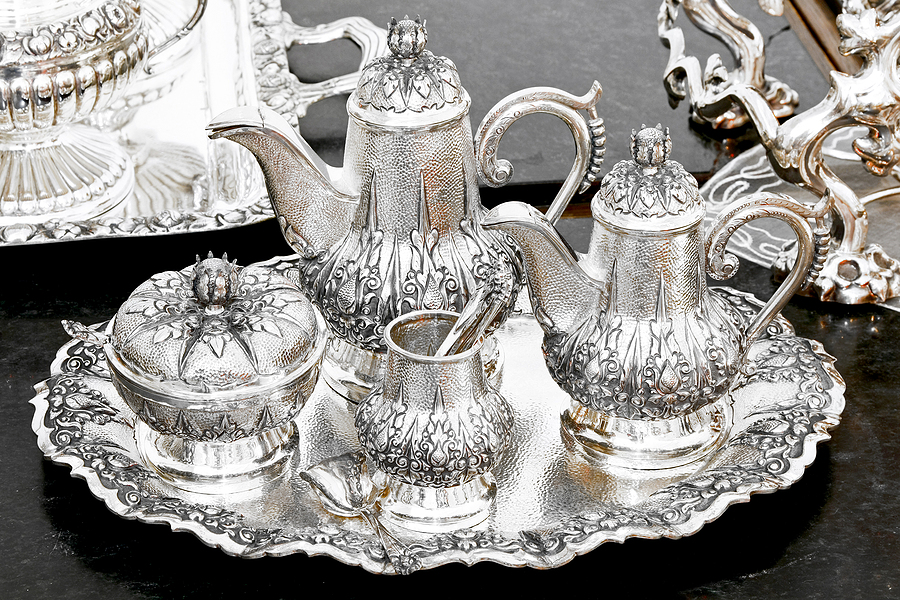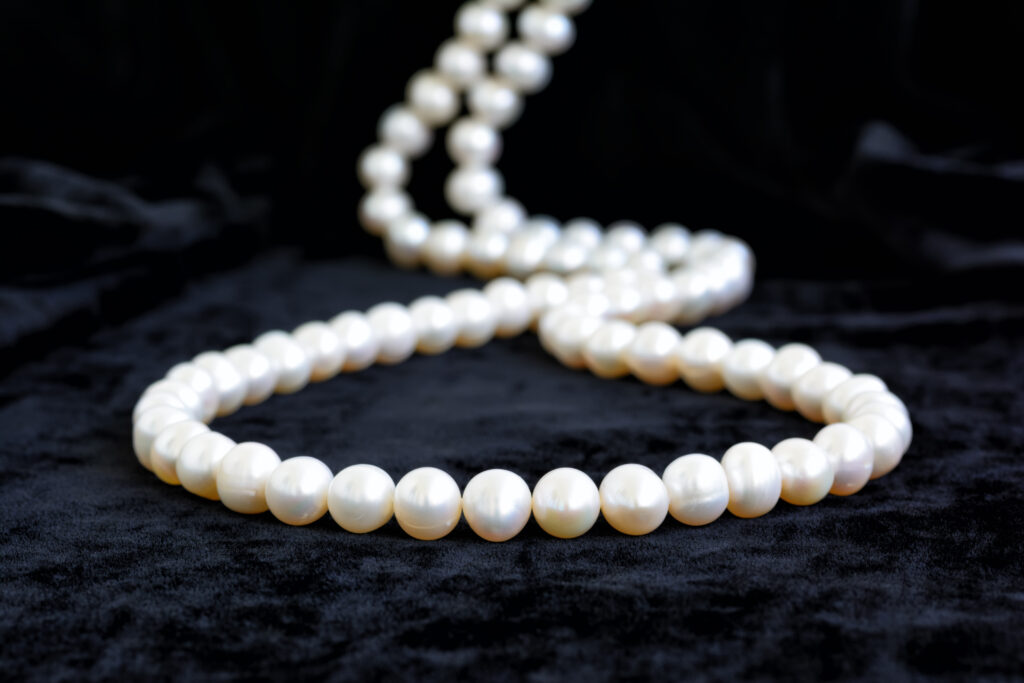The Cartier Tank collection is renowned for its timeless design, craftsmanship, and horological significance, and its iconic sub-models showcase Cartier’s dedication to elegance and innovation. Any enthusiast or aficionado curating a collection would be proud to display them all.
Our guide highlights the history and artisanship behind these timepieces. If you’re looking to sell, our expert services ensure a quick, hassle-free sale of your Cartier watch at a fair market price. We’re also interested in other watch brands, if you have another luxury timepiece you wish to sell.
The Cartier Tank Louis, or Tank Louis Cartier (1917)
The Tank Louis Cartier, designed by Louis Cartier in 1917, is the original model that inspired the entire Tank collection. Its defining rectangular case features straight vertical sides with gently rounded edges, influenced by the military tanks Cartier saw during World War I.
Released to the public in the 1920s after further refinements, the design evolved over time, with many vintage models showcasing Art Deco elements. Known as ‘the LC’ by enthusiasts, this timeless icon remains a key part of Cartier’s current collection.
The Cartier Tank Normale (1919)
This was the first Tank sub-model available to the general public, and a massive success in its own right. An early prototype was gifted to US General John Pershing the year before production began on a limited number of models.
The watch was such a hit, that work immediately began on the Tank’s next sub-model.
The Cartier Tank Cintrée (1921)
The Tank Cintrée was the first elongated Tank model, featuring a curved case designed to follow the wrist’s contour – a groundbreaking innovation at the time. Created by Edmond Jaeger, the watch housed an ultra-thin movement within its sleek frame. The dial featured elongated Roman or serif Arabic numerals, with the Chemin de Fer mirroring the case’s curve. Early versions included Breguet hands, while modern models feature sword-shaped hands and straight rail track patterns.
Reintroduced in 2018 with yellow gold, rose gold, and platinum finishes, a special yellow gold edition was released in 2021 for its 100th anniversary, limited to 150 pieces and featuring vintage design elements.
The Cartier Tank Chinoise (1922)
Considered one of the more unique pieces in the entire collection, the Cartier Tank Chinoise arrived during a resurgence of interest in Asian art and history across Europe and the Americas. It was named after the Chinese style of dress popularly worn in the period, but the shape is influenced by the pillars seen supporting the roofs of Chinese temples.
This sub-model experienced a brief revival in 2004 when it was released as a limited edition style as part of the Collection Privé Cartier Paris – a range of watches inspired by Cartier’s archival pieces. Another special reissue happened in 2022 when the Chinoise was released again as part of the Privé collection.
The Cartier Tank Obus (1923)
Unusually, the Cartier Tank Obus is more square in shape than rectangular, and the lugs are designed to look like small bullets – a homage to the military inspiration of the original Tank. Coming in yellow gold with a black strap, the striking design of this watch also features large Roman numerals in black over a white dial with blue steel hands.
A rare model in the modern day, the last Tank Obus was released for the Collection Privé Cartier Paris series in 1998.
The Cartier Tank a Guichet (1928)
Rare in the modern world, the Cartier Tank a Guichet is what’s known as a ‘jumping hour’ mechanical wristwatch. This kind of watch has no dial or hands. Instead, it has two apertures in the case that display the hour and the minutes. The watch type gets its name from the fact that the hour and minutes are shown separately, meaning the hour ‘jumps’ to the next without apparently scaling through the minutes.
The watch experienced a brief revival in 1997 to help commemorate Cartier’s 150th anniversary and was last produced in 2005.
The Cartier Tank Étanche (1931)
This was the first waterproof watch created by Cartier and a version created on request for the Pasha of Marrakesh would later go on to inspire the name of a later watch collection – the Cartier Pasha.
It was considered particularly challenging to create this watch and make it waterproof, owing to the angles of the rectangular case. It was designed to withstand water pressure of up to 50 metres (164 feet), which is why it’s also sometimes called the ’50 metres’ or ‘164-foot’ model.
The Cartier Tank Basculante (1932)
This watch was introduced as a sports model and created in an innovative way that was meant to protect the glass during physical activity. The rectangular case was designed so that the face of the watch would flip upside down, allowing the wearer to turn it over and keep the glass out of harm’s way.
The watch was briefly brought back as a part of the Collection Privé Cartier Paris in the late 1990s.
The Cartier Tank Monopussoir (1935)
This watch is a mono-pusher chronograph, meaning the single push button on the watch case starts, stops, and resets the timer on the dials on the watch’s face. Utilising a mono-pusher function allowed Cartier to maintain the sleek precision and cleanliness of the watch lines while never losing focus on creating a chronograph model.
The only other deviation to the rectangular-ness of the watch design was the implementation of two dials tracking minutes and seconds.
The Cartier Tank Must de Cartier (1977)
Introduced during the quartz crisis to compete with affordable watches, the Tank Must featured a quartz movement and a vermeil (gold-coated sterling silver) case instead of gold or platinum. Some models also used ETA-based mechanical movements. Its defining features were playful, colourful dials and a minimalist design.
Reintroduced in 2021 with stainless steel models, the collection now includes three sub-lines: classic Roman numeral dials, minimalist coloured dials, and the Tank Must Solarbeat – Cartier’s first solar-powered watch.
The Cartier Tank Américaine (1989)
Inspired by the iconic Tank Cintrée, the Cartier Tank Américaine instantly captivated watch enthusiasts with its bold and modern reinterpretation of the classic Tank design. Since then, it’s remained one of the most popular interpretations of the watch as a whole.
Taking and improving on the previously elongated and widened case, shaping it to the wrist to make it more comfortable than before, the design also grants the watch a more substantial and contemporary presence on the wrist.
Originally introduced in gold and with typically large Roman numerals on a white dial, this watch has enough room on its dial to feature three subdials and a chronograph complication.
The Cartier Tank Française (1996)
The Tank Française adds a sporty twist to the classic Tank while maintaining its elegance. It features a square case and an integrated chain-link bracelet, creating a seamless, modern look and improving comfort.
Key design elements, such as Roman numerals, blued-steel sword hands, and the sapphire cabochon crown, remain. The bracelet design also nods to the Tank’s origin, evoking a tank’s caterpillar tracks.
The Cartier Tank Solo (2004)
Thought of as an ‘entry-level’ version of the Cartier Tank Louis, the Cartier Tank Solo is suitable for the wrists of both men and women – measuring 36 millimetres in diameter. It’s similar in most other respects to the LC, though the brancards of the Solo are flatter and the case is normally a little bit thicker.
The watch itself is made more affordable by its quartz movement, and most models are made from stainless steel. However, many versions have been made using metals like yellow and rose gold, and featuring mechanical movements.
The Cartier Tank Anglaise (2012)
Completing the trio of watches referencing Cartier’s flagship store locations (New York, Paris, and London) is the Tank Anglaise. Available in stainless steel, rose gold, or platinum, these rectangular watch models were designed with rounded edges for a slightly more feminine look but an added bulk. It also integrated the winding crown into the right brancard, achieving a more symmetrical-looking case silhouette.
The winding crown still features the blue sapphire cabochon, which matches the blue hands of the watch face. The dial is made with Roman numerals.
The Cartier Tank MC (2013)
The latest offering in the Cartier Tank collection is the MC, which takes its name from ‘Manufacture Cartier’, indicating that it runs on an in-house movement. This is the 1904 MC automatic movement, which was previously only available in the Calibre de Cartier collection. The sapphire caseback allows the wearer to view the movement in action.
Apart from it being a larger watch with strong dimensions and a modern movement, the MC keeps to the characteristics of the Cartier style. It features Roman numerals and sword-shaped hands, benefitted from a running seconds subdial.
Sell Cartier Tank Sub-Models of All Kinds
If you’re considering selling your luxury watch, Burlingtons Ltd. offers a convenient, hassle-free service with fair, specialist valuations conducted at your home. We provide instant bank transfers for quick transactions and keep you informed every step of the way. Contact us today to discover your Cartier Tank’s true market value.




